St. Bernard State Park, Braithwaite, Louisiana
And now the exchange begins, because Tamar knows that Judah is not a trustworthy or responsible man. “And what will you give me to sleep with you?”… “I’ll send you a young goat from my flock.”… “Will you give me something as a pledge until you send it?”… “What pledge should I give you?”… “Your seal and its cord, and the staff in your hand.” So he gave them to her and slept with her, and she became pregnant by him. After she left, she took off her veil and put on her widow’s clothes again. ~ Genesis 38:16b-19 Judah doesn’t know it, but his fate is sealed. He’ll be quite surprised when it is discovered that he’s the father of Tamar’s child – and that this has now become an incestuous relationship; that of sleeping with his daughter-in-law – and according to Leviticus 20:12, is punishable by the death of both. And having his possessions will save her life. Judah’s decisions continue to plunge him deeper and deeper into the pit, and away from God. Have you ever experienced that? Making poor choice after poor choice until you find yourself so far from God you wonder if you can ever return? You can! God loves you in spite of your sin. He loves you so much, He chose to die to save you from the punishment due for them.
Nothing we read online told us about this place. We passed the sign as we were driving into town the other day, and decided to see what it was.

It’s a National Battlefield and Cemetery!

There was soooo much information here about “The Forgotten War”! Do you know which one I’m referring to? The War of 1812. What do you know about it?
Did you know it was one of the most important battles our nation has faced? Did you know that from this war came our National Anthem, the climactic song the symphonies play during our July 4th that often includes cannon fire, and the popular 1959 song “Battle of New Orleans”? Did you know that the outcome of the battle here in Chalmette would most likely decide the fate of the size of America as we know it? Or that it made Andrew Jackson an instant hero, which propelled him into the Presidency? Or that he enlisted the help of volunteer men from all walks of life and nationalities, including the notorious pirate, Jean Lafitte?
Why is it forgotten? Because it fell in between the Revolutionary War and the Civil War. In fact, up until the Civil War broke out, the victory of the War of 1812 (which lasted until 1815) was celebrated and treated with just as much importance as our Independence Day.
There was a lot of information here that we didn’t know. This is my meager attempt to sum it up for you.
The treaty for the Revolutionary War (which actually ended on October 19, 1781 with the surrender of General Cornwallis to General Washington), in which we gained our independence from Great Britain, was signed in Paris in September, 1783, but the last of the British troops didn’t evacuate until that November, because news traveled pretty slowly back then – no phones, etc. 😊
Britain was beginning a power struggle with France (Napoleon era), and declared war on France in 1803. But their resources were still depleted from their war with us, so they began capturing our merchant ships in the Atlantic and press-ganging our new American men into their service (enslaving them). They also cut off trade between us and France. Great Britain was also fighting for control over the northern American borders (aka Canada, but it wasn’t Canada yet)
That same year (1803), President Thomas Jefferson wisely made a deal with Napoleon for the French occupied land west of the Mississippi – $15,000,000 for 828,000 square miles of land. The equivalent of approximately four cents an acre. Britain didn’t like that either, insisting that Napoleon had no right, because they didn’t believe he was the true ruler of France. And yet, he did. And yet, we did. It’s considered the best real estate deal of all time. I saw one place that claimed that if it happened today, it would be the equivalent of sixty cents an acre!

By 1812, just 30 years after the end of the Revolution, America had had enough and officially declared war against Great Britain once again. There were a lot of battles all up and down our east coast (think Francis Scott Key and the ‘Star Spangled Banner’), our northern borders (those of you from northeast Ohio, think Admiral Perry and his battle on Lake Erie) and the Florida/Louisiana areas.
But according to the National Park, the Battle of New Orleans was probably one of, if not the, most important battle of the war. Whomever controlled New Orleans would control the Mississippi River. If Great Britain had won here, most likely, America would be reduced to a small section east of the Mississippi, and most likely wouldn’t have Florida or the northern states like Maine either. During this battle, 20 volunteer Americans died, but 2,000 professional British soldiers did.
It’s a real tragedy that our schools don’t teach these things anymore. I’ll bet our parents (those in the 80-year vicinity) learned about it. . .
Here’s a small portion of the story in pictures. Read as much or little as you’d like. 😊
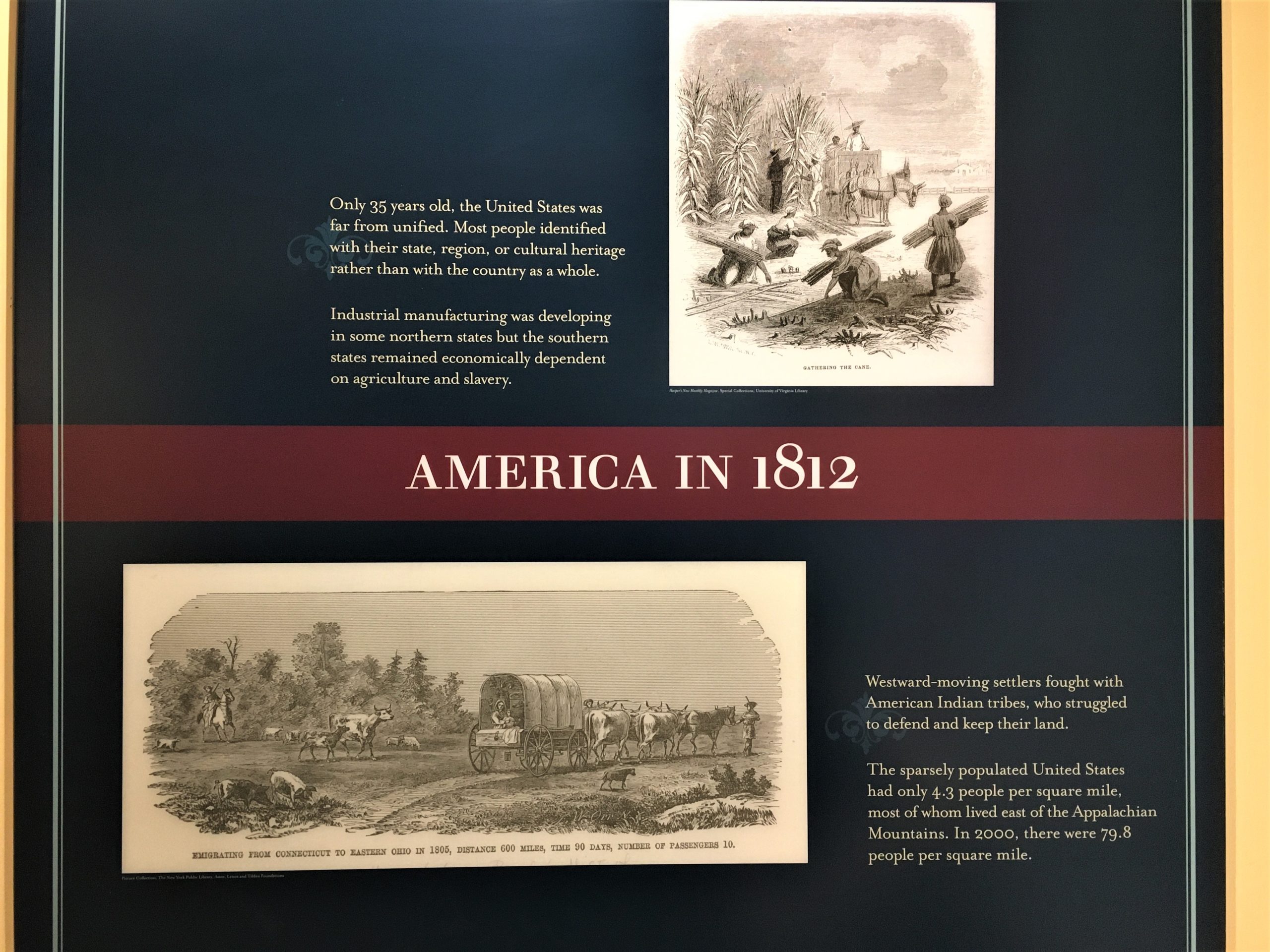
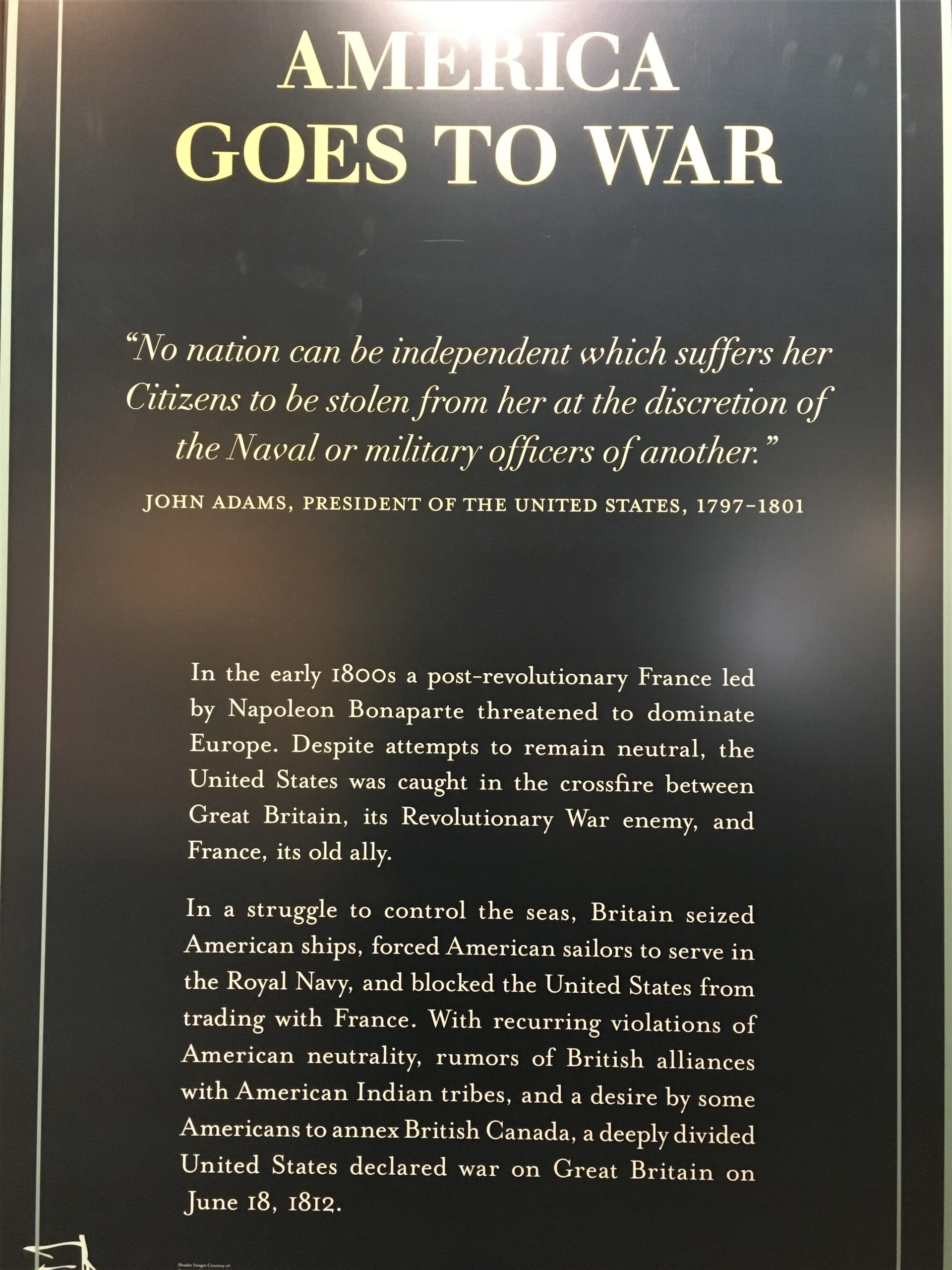
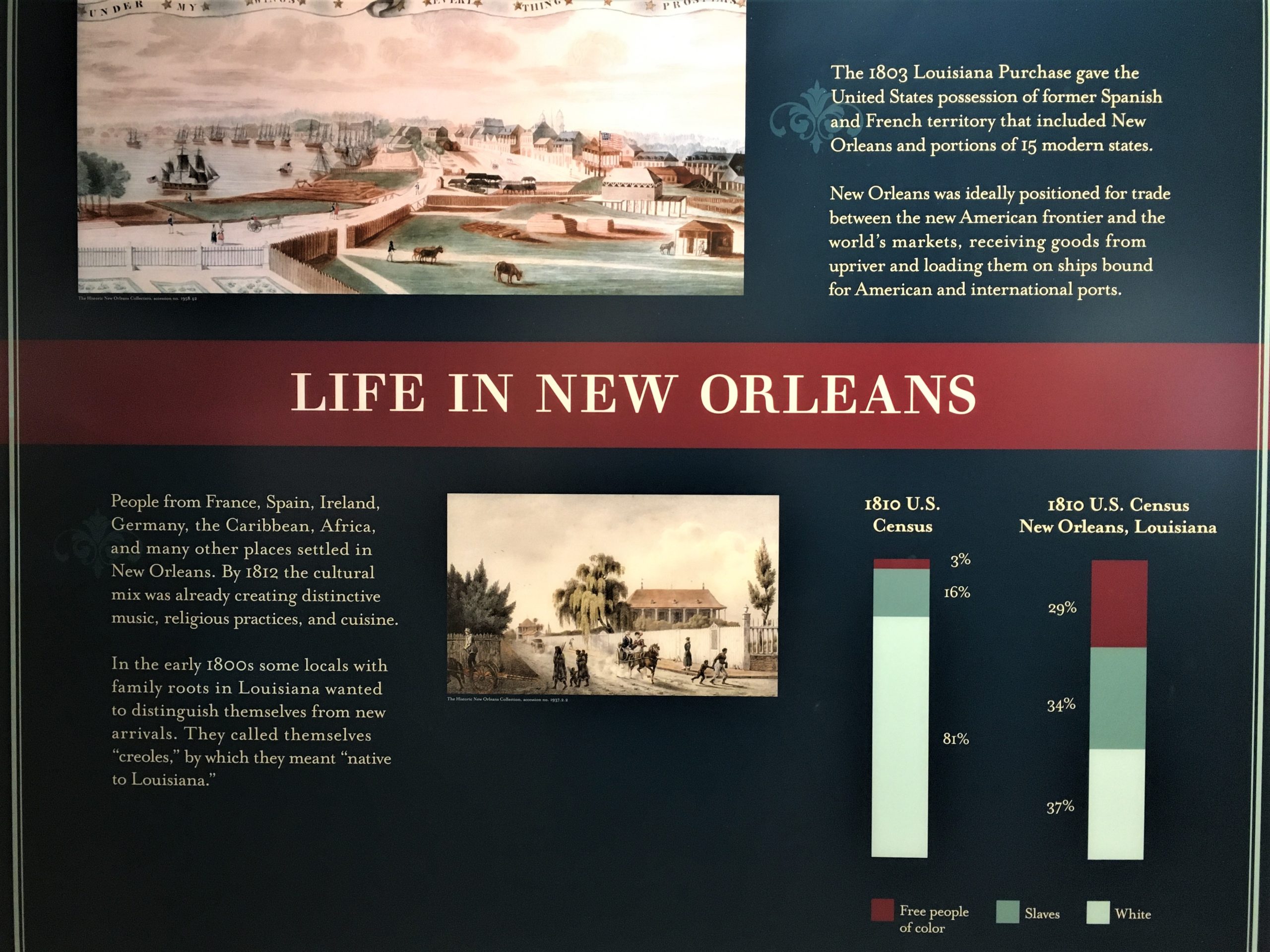




Here’s what I found:
“Barataria” is a Provencal equivalent to the 15th century French words “baraterie,” meaning deception, and “barater” meaning to deceive, to exchange, to barter. The English equivalents of “baraterie” is barratry, one meaning of which is fraudulence or illegality at sea.










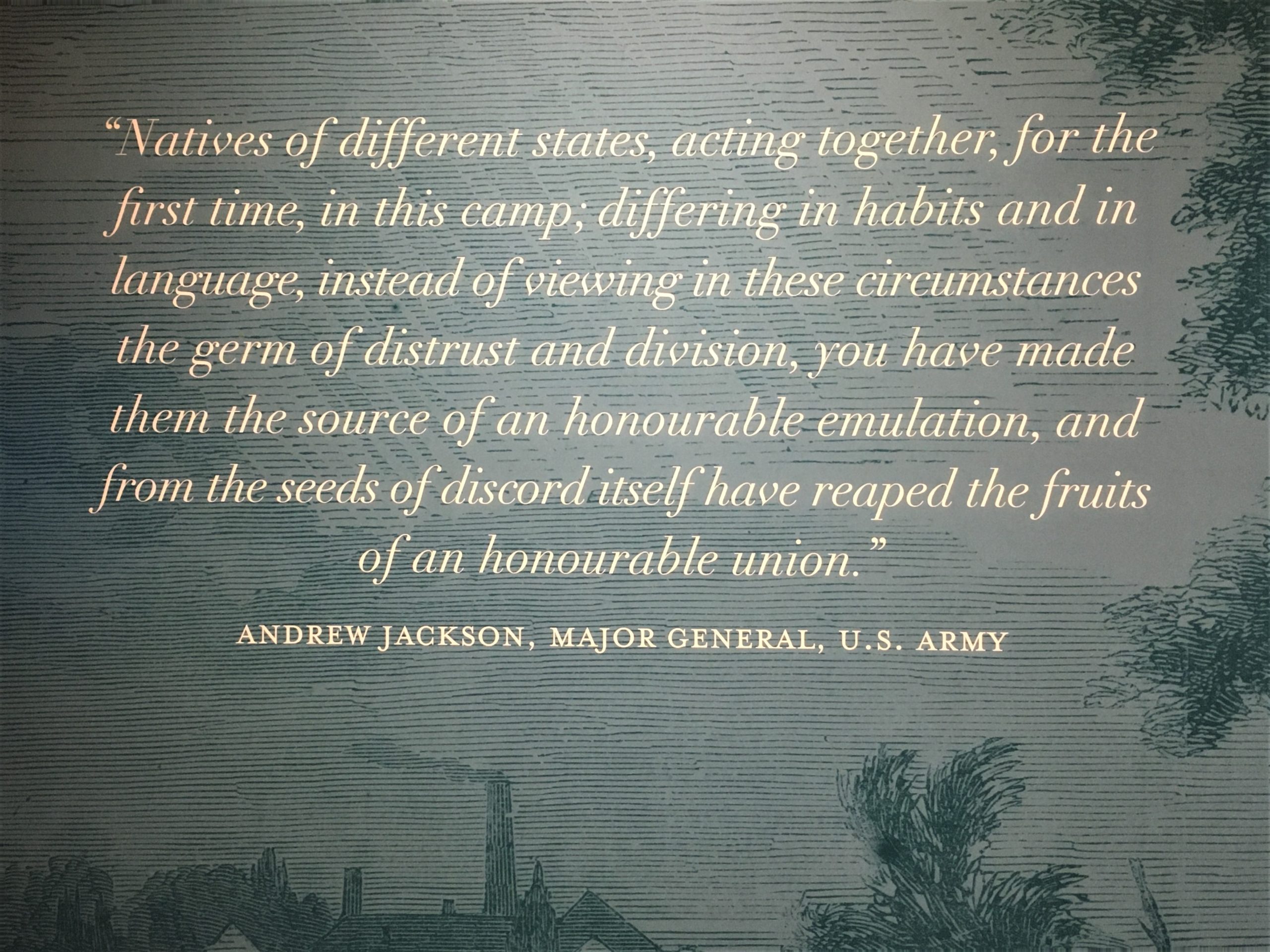
Once we’d completed the museum tour, we went outside. They have a walking area that’s at least a mile long all around what was once the battlefield.
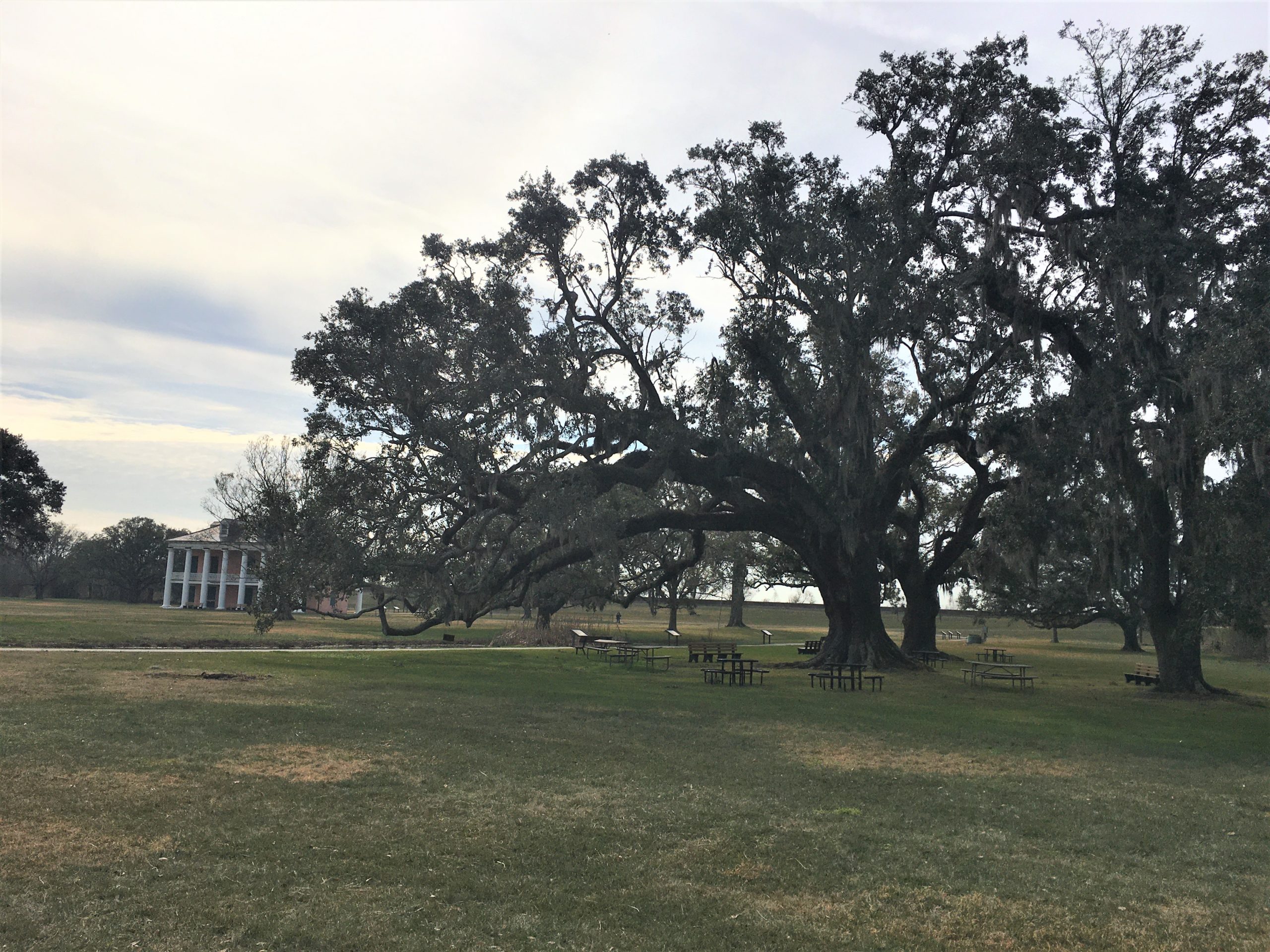









We also learned there was also an entire town here for nearly 100 years until the Federal Government made them move in order to establish this Park. Not sure how I feel about that . . On one hand, it’s important to preserve and protect our nation’s history. On the other, it’s very sad and seems hard-hearted what they did to these people. It must’ve been devastating for them. ☹



The National Park Service website had this to say about it:
When the smoke of the battle cleared, and the bodies returned to the earth, life went on at the site of the Battle of New Orleans. The plantation of Ignacio de Lino de Chalmet shuttered, and the land changed hands a number of times, by 1870 belonging to a free man of color and grocer of New Orleans Jean-Pierre Fazende. Although this swampy land lacked even a road connecting it back to New Orleans, it had two notable features: cheap land and seclusion from the post- Civil War race tensions increasingly plaguing the city. Fazende divided his land into 33 lots and sold it off. And so the community of Fazendeville was born.
These humble blocks were bought up by free people of color and emancipated slaves following the Civil War. Unable to come by their 40 acres and a mule, the settlers were content enough with a small parcel to build a modest home. Fazendeville was a small but thriving, self-sufficient community with rich social and cultural traditions, and a heavy emphasis on community. Referred to simply as “the Village” by its residents, Fazendeville had grocery stores, a baseball diamond, two churches, a one-room school, and a few dozen homes. The Village thrived through the struggle of Jim Crow, through the Great Migration that dissolved so many southern communities such as it, and through a barrage of floods and storms that threatened to wash it away. But sandwiched between Chalmette Monument and the National Cemetery, situated on the hallowed ground of Chalmette Battlefield, this peace did not last.
What stories have value? Whose history will be preserved? What knowledge is sacrificed in making those choices? Lyle K. Linch was the superintendent of Chalmette in 1961, as the National Park Service prepared to commemorate the sesquicentennial of the War of 1812. Located in the middle of the Battle of New Orleans battlefield, Fazendeville was an anachronism (something out of its time) for visitors learning about Chalmette Battlefield’s significance in the War of 1812. Linch and others thought that the community should go in order to enhance the sesquicentennial commemoration, and in 1960s Louisiana, people of color had few rights and the civil rights struggle the community was embroiled in was not yet considered history worth preserving.
What decision would we make today? How do you balance the needs of one community over another? What happens when a compromise cannot be reached?
For the sake of the sesquicentennial, the government decided to tear down Fazendeville in 1963 and restore the battlefield to an approximate 1815 appearance. When the sun rose on January 8, 1965, the 150th anniversary of the Battle of New Orleans, it revealed a field which would have been vaguely reminiscent to a solider from 1815, but completely unrecognizable to a resident from the year before.
The choice to preserve one history sacrificed another. While we may be able to better visualize the experience of soldiers during the War of 1812 as a result of this choice, it leaves us less able to appreciate the struggles and triumphs of later generations, and less aware of the complex layers that make up our shared history. Today, only a slight depression is visible in the battlefield where the street that ran through Fazendeville was laid. Yet, for those who know Fazendeville, imagination brings that dip to life with the bustle of residents heading to church, children playing stickball in the street, and the chatter of neighbors on front porch swings. Fazendeville lives on as a memory.
There were other little bits and pieces of history on boards around the track, including an opening in the fence around the National Cemetery. We took a quick peek inside, but decided to wait and drive to the entrance to check it out further.






Those are the markers for the unknowns.
This ends our quick peek.
We’re going back to our walk now, heading toward the large monument at the entrance to the Park.






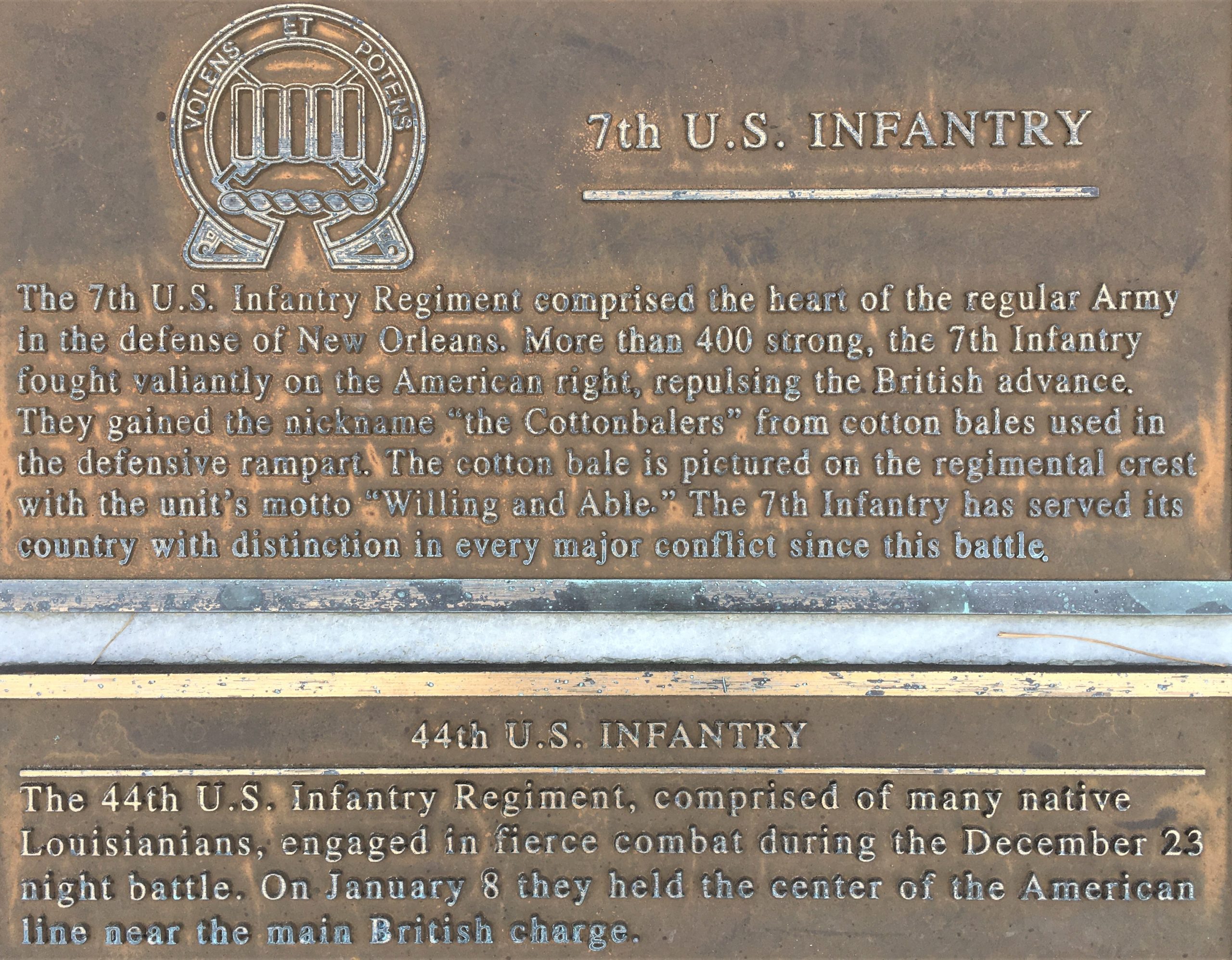

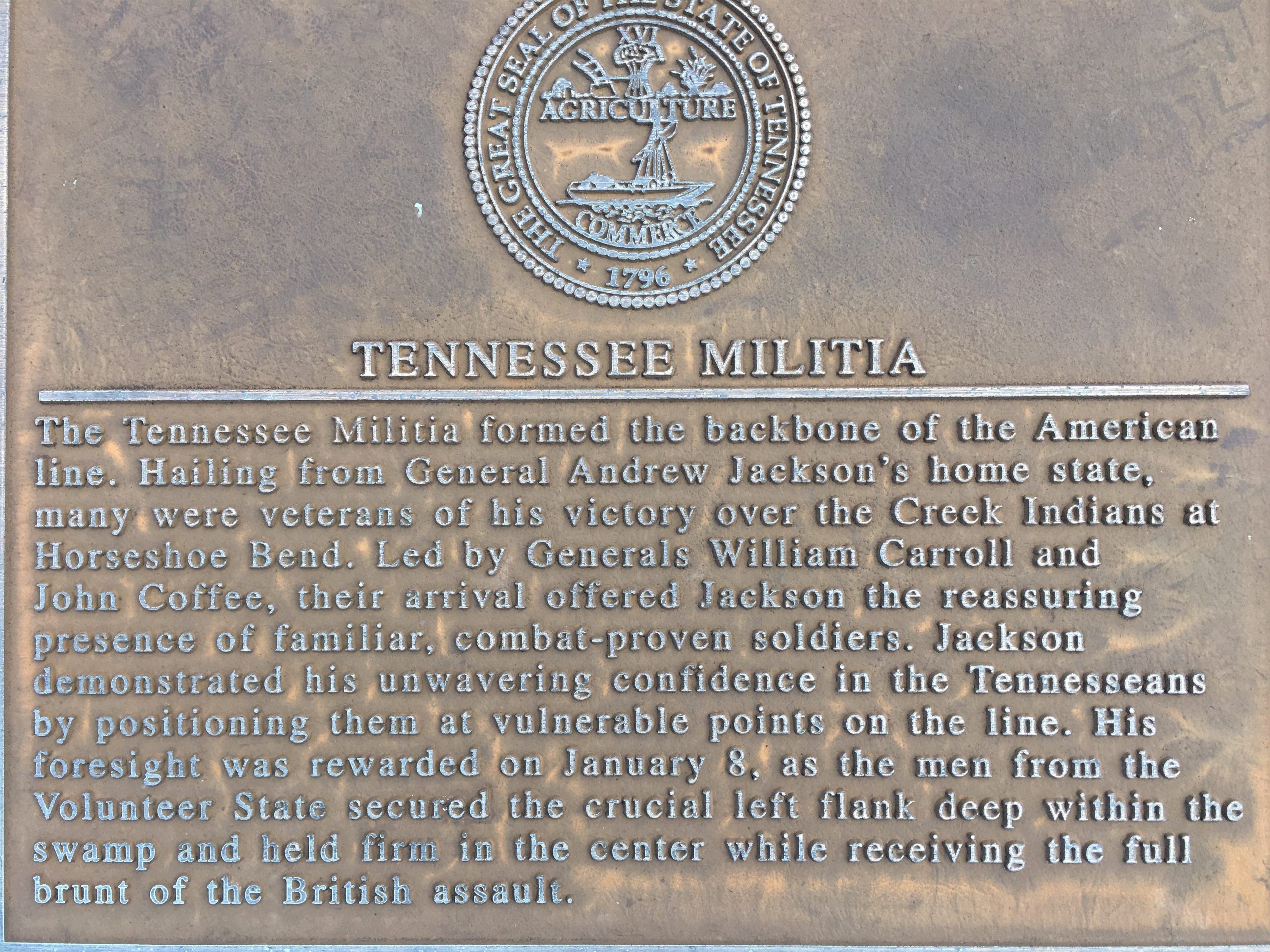



I liked that it showed all the different militia, etc. that participated in the battle.
However, I also noticed that the pirate group isn’t included.


Not sure what it was for. Maybe a caretaker?

This is a huge military cemetery, with 15,000 men and women buried here. Strangely enough, only four fought in the War of 1812, and only one at the Battle of New Orleans.





The back one is the original, but his friends erected the one in the front.
He must’ve been greatly loved.

It looks like he died six years after he was born!
Upon further, and much closer inspection, we discovered that wasn’t the case.
The top date is 1837, not 1887. Still, he died quite young.
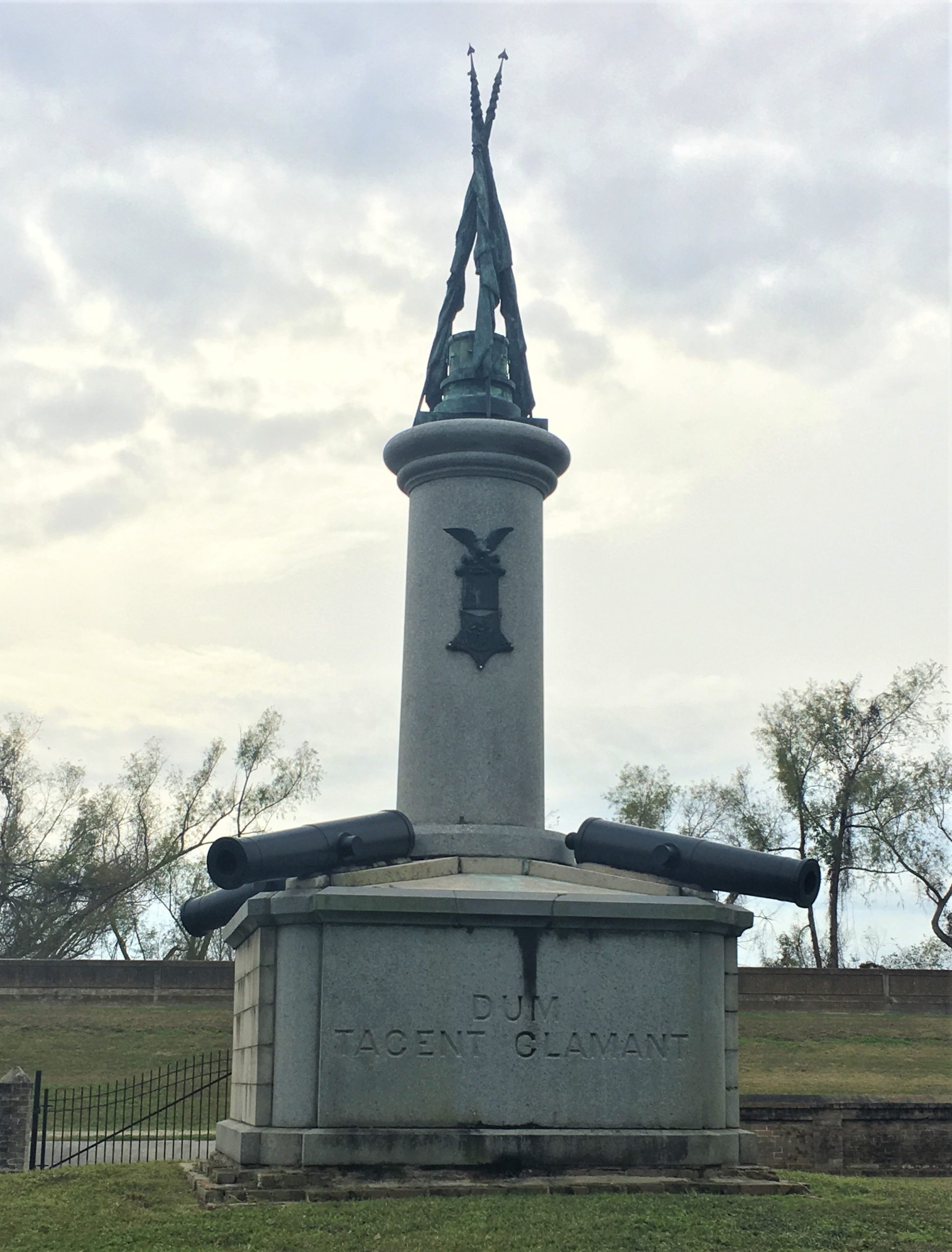
The engraving is Latin, “While they are silent, they shout”

After we were done there, we took a drive through some nearby neighborhoods. Based on what we’ve seen, we’ve decided to dub the area “Blue Tarp City”. Sooo many homes are at least partially roofed with blue tarps! And they have numbers and letters on them. What does that mean? Turns out, Google has the answer. Of course! 😊




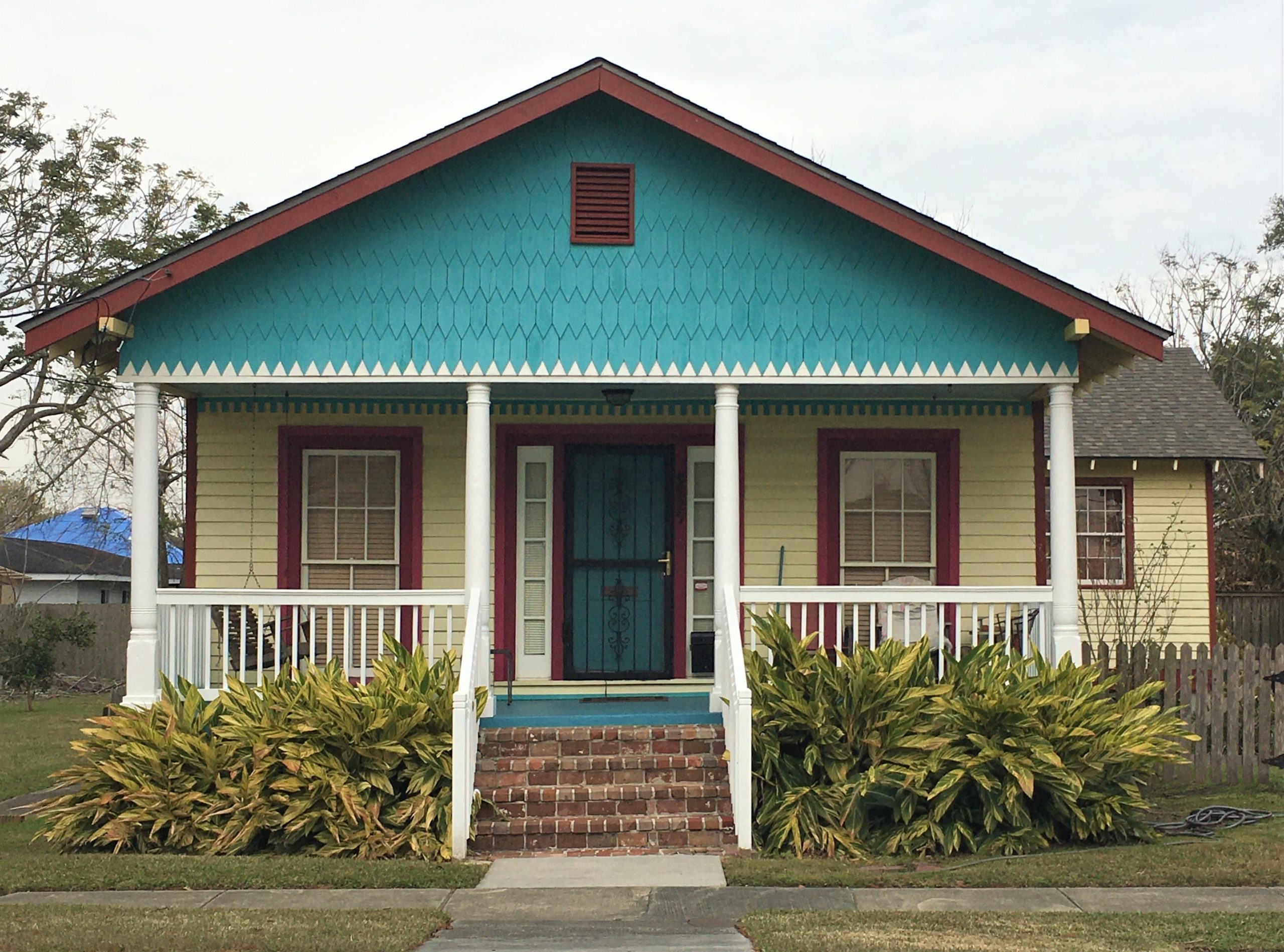

We did have a destination in mind. I’d read in atlasobscura.com (a site that tells you about out of the way places to go and things to do) about these two unusual houses. The Doullot Homes. We found these gorgeous homes in the midst of a neighborhood that was otherwise, pretty run down. They’re both on the National Registry of Historic Places.



It’s the same as the two sides you see here.
That’s it for today! You might want to consider looking into the War of 1812, and particularly the Battle of New Orleans, a bit more. There’s soooo much more history of our country than most of us realize!
